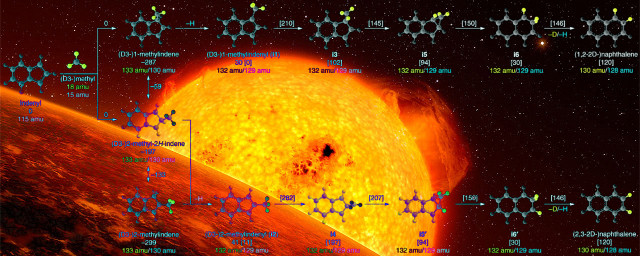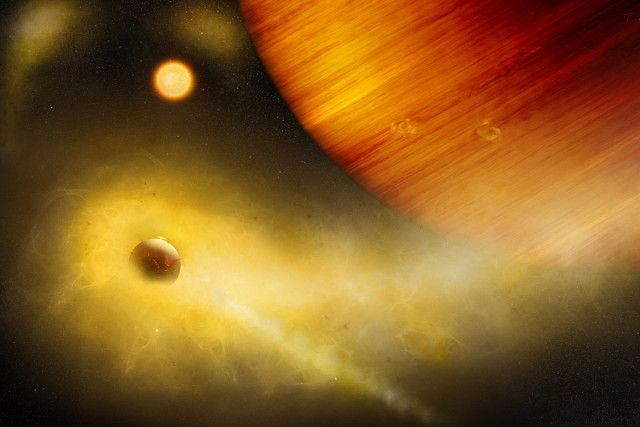
Life’s building blocks can be formed from free radicals generated in space
An article published in the journal “Nature Communications” reports the discovery of a new method to form the organic compounds of the polycyclic aromatic hydrocarbon (PAH) group in space. A team of researchers at the Berkeley National Laboratory found what in jargon is called a pathway to get to the formation of PAHs such as naphthalene from simpler molecules. These compounds are important in the formation of amino acids, the building blocks of large biological molecules.




